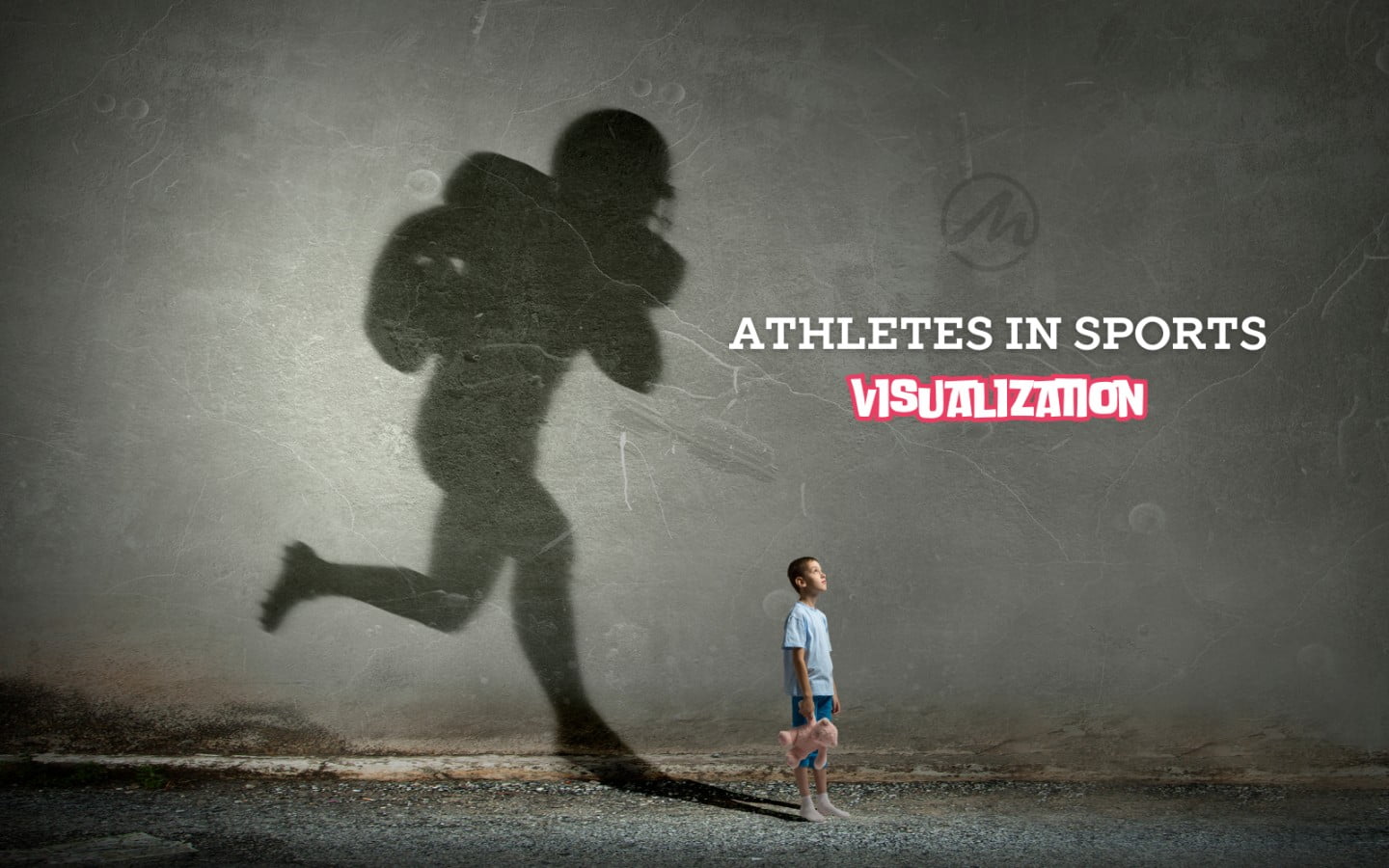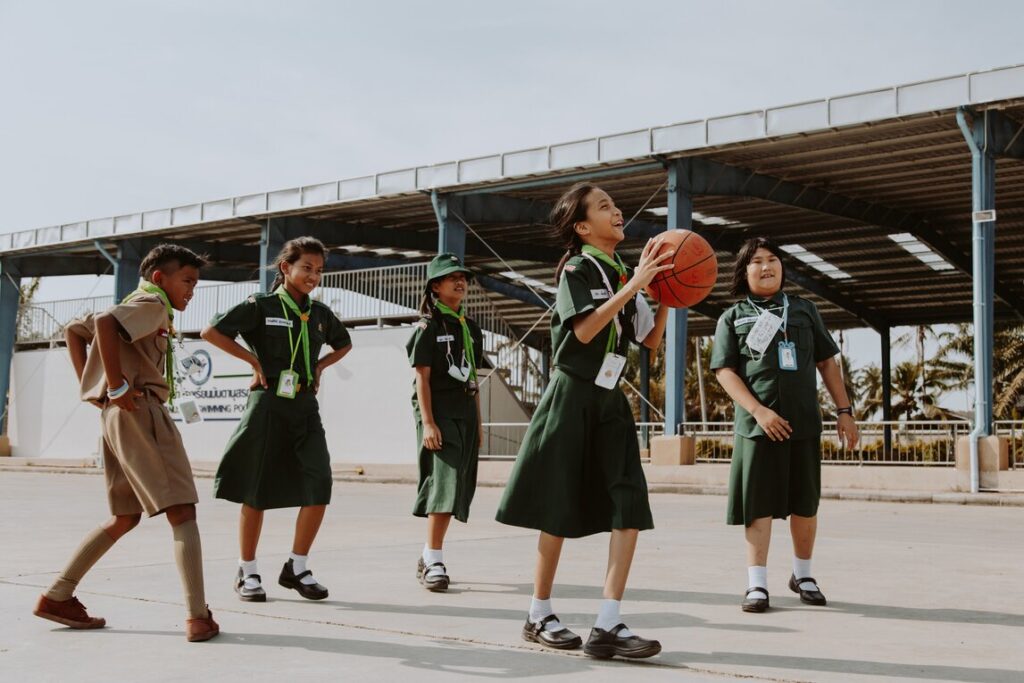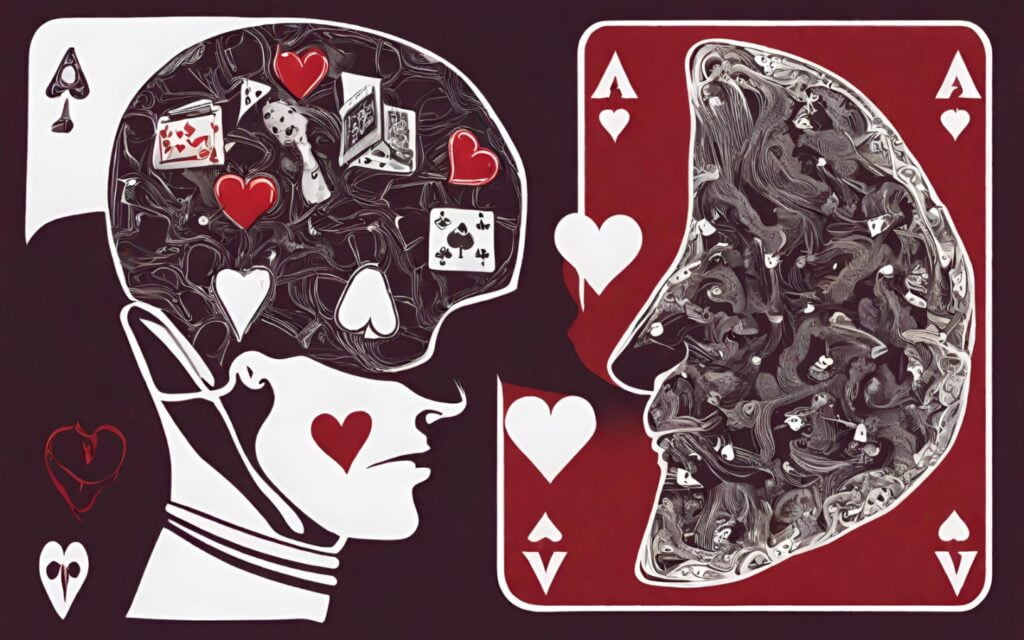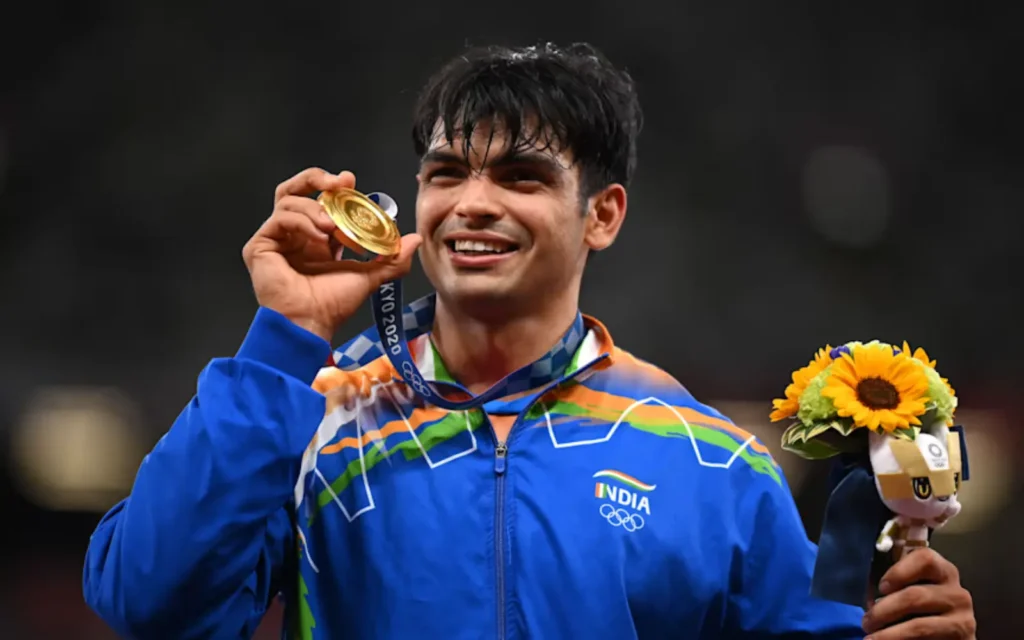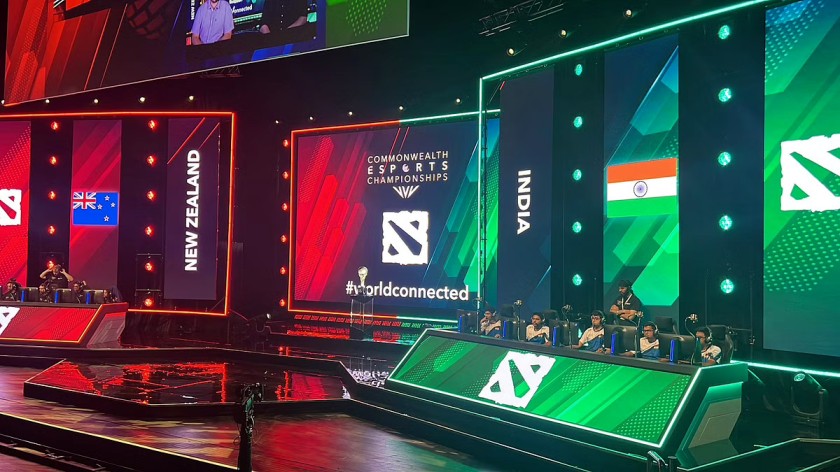As an athlete, you know that success is not just about physical training and skill development. It’s also about mental preparation and the ability to perform under pressure. One powerful tool that athletes use to enhance their mental game is visualization in sports or mental imagery.
Sports Visualization is the practice of creating mental images of a desired outcome or performance. It involves using all your senses to create a vivid and detailed mental picture of what you want to achieve. By visualizing success, athletes can train their minds to focus on positive outcomes and overcome negative thoughts and doubts.
The Power of Visualization in Sports
Visualization has been used by athletes for decades to enhance their performance. Studies have shown that visualization can improve motor skills, increase confidence, reduce anxiety, and enhance motivation. When athletes visualize themselves performing at their best, they actually stimulate the same brain regions as they do when they physically perform the action. This means that visualization in sports can help athletes condition their minds for successful outcomes.
Sachin Tendulkar, one of cricket’s greatest batsmen, utilized visualization in his mental training under coach Ramakant Achrekar. Spending hours visualizing himself scoring runs, facing different bowlers, and winning matches, Tendulkar built a habit of success and confidence that defined his legendary career. By practicing visualization both off and on the field, Tendulkar honed his mental toughness, enabling him to perform under pressure and anticipate game situations with precision. His dedication to visualization exemplifies its power in cricket psychology, showcasing how mental preparation can elevate an athlete to greatness.
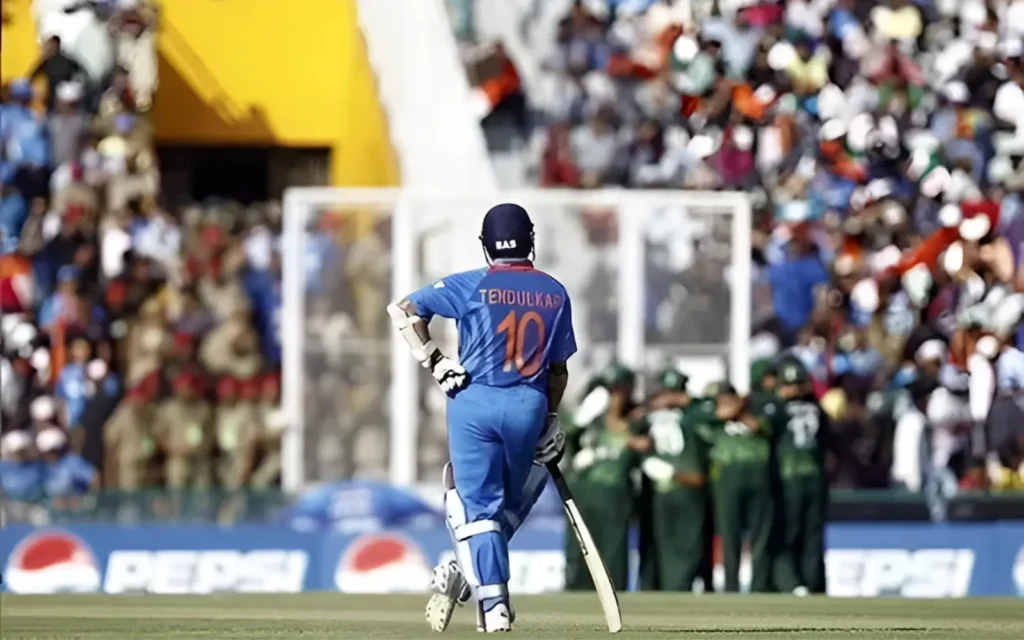
One of the most successful athletes in history, Michael Phelps, used visualization as part of his mental training to become the most decorated Olympian of all time. Phelps’ coach, Bob Bowman, instructed him to watch a “mental videotape” of his races every day before he went to sleep and when he woke up in the morning. By visualizing every aspect of his races, Phelps was able to build a habit of success and eliminate some of the unknowns that create competitive anxiety.
Athletes Use Mental Imagery in Sports
Athletes use visualization in different ways, depending on their sport and individual needs. Here are some common ways that athletes use mental imagery in sports:
- Visualizing Success: Athletes visualize themselves performing at their best and achieving their goals. This helps them to focus on positive outcomes and build confidence.
- Rehearsing Skills: Athletes visualize themselves performing specific skills or techniques. This helps them to reinforce their muscle memory and improve their performance.
- Overcoming Obstacles: Athletes visualize themselves overcoming obstacles or challenges that they may face during competition. This helps them to prepare for different scenarios and build mental resilience.
- Managing Anxiety: Athletes visualize themselves in a calm and relaxed state, focusing on their breath and letting go of any negative thoughts or feelings. This helps them to manage their anxiety and perform at their best.

7 Steps for Effective Sports Visualization
Here are tips from our sports psychologist for athletes who want to use visualization in sports to enhance their performance:
1. Be Specific
Visualize yourself performing specific actions or skills. Be as detailed as possible, using all your senses to create a vivid mental picture.
2. Practice Regularly
Visualization is a skill that improves with practice. Set aside time each day to practice your visualization techniques.
3. Visualize the desired outcome
Mentally rehearse your performance, envisioning the event as you want it to unfold. If negative images arise, stop, rewind, and restart to see the performance you desire.
4. Stay Positive
Focus on positive outcomes and avoid negative thoughts or doubts. If you find yourself visualizing negative scenarios, stop and refocus on a positive outcome.
5. Engage all senses
Visualize your sports performance in detail, incorporating all senses from a first-person perspective. Feel the sensations of your body as you move through the motions and consider adding physical movements that align with your visualized images.
6. Use Physical Movements
Incorporate physical movements that coincide with your visualized images. This can help to reinforce your muscle memory and improve your performance.
7. Consult with a Sports Psychologist
If you want to take advantage of the power of visualization, consider working with a sports psychologist. They can help you to develop effective visualization techniques and incorporate them into your training.
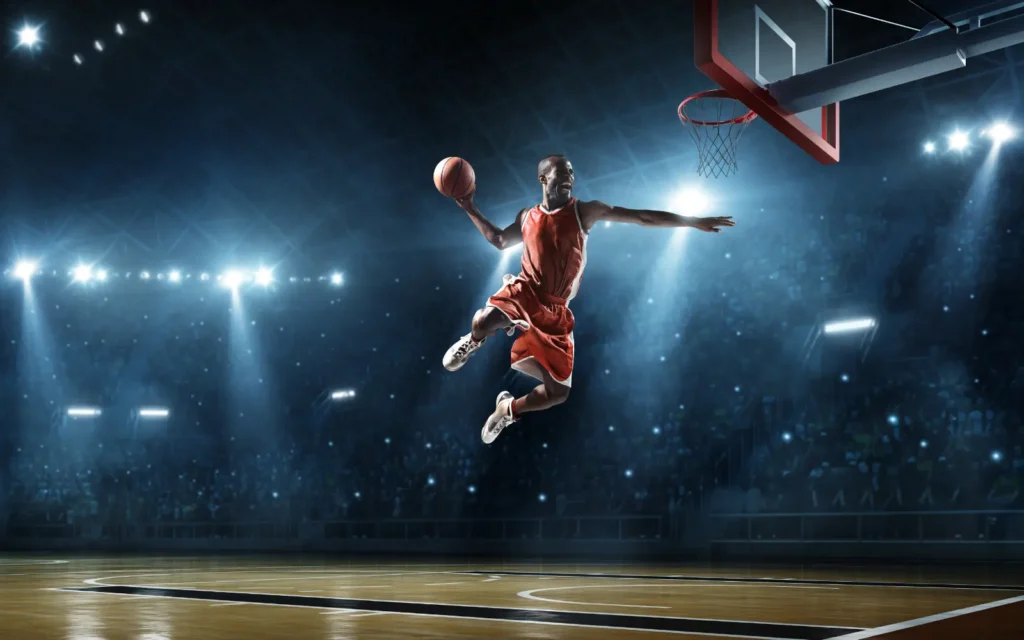
Conclusion on Visualization in Sport
Visualization in sport is a powerful tool that athletes can use to enhance their mental game and achieve success. By visualizing positive outcomes, rehearsing skills, overcoming obstacles, and managing anxiety, athletes can build confidence, improve their performance, and perform at their best under pressure.
So, whether you’re a seasoned athlete or just starting out, consider incorporating visualization into your training routine. You may be surprised at the results.

